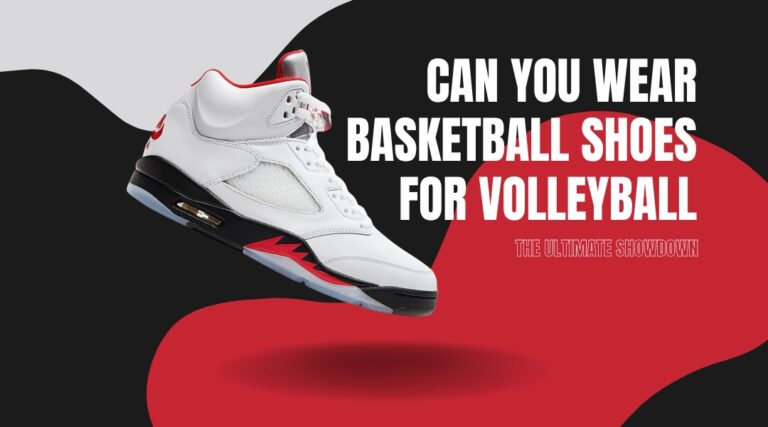There’s an age-old question that often reverberates through sports locker rooms and online forums alike: Can you wear basketball shoes for volleyball? To many, the question may seem trivial, but to athletes who understand the paramount role of footwear in performance and injury prevention, it’s anything but. This post will delve into this topic, dissecting the differences and similarities between these two types of shoes and exploring the implications of wearing one for the other sport.
The Anatomy of Athletic Shoes
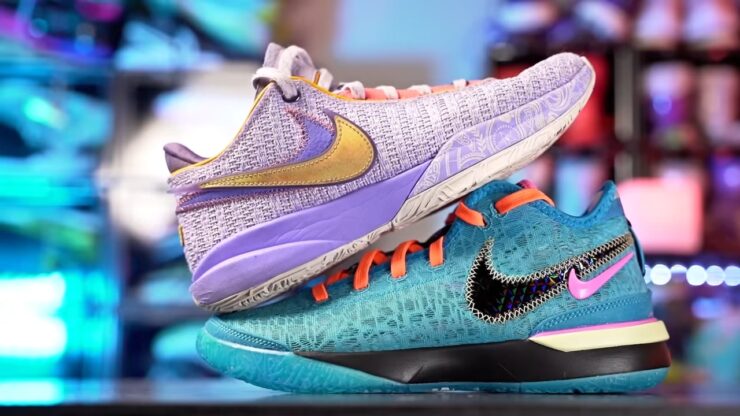
Before we delve into the heart of the matter, let’s start with some footwear anatomy. Both volleyball and basketball shoes are specialized athletic shoes designed to enhance performance while providing comfort and protection. However, their designs differ significantly due to the distinctive requirements of each sport.
Volleyball Shoes
Volleyball shoes are designed for quick lateral movements, jumps, and swift changes in direction. They are typically lightweight, with a gum rubber sole for superior traction on indoor courts. The midsole often features enhanced cushioning to absorb the shock from continuous jumping, and the upper part is usually made of breathable material to keep feet cool during intense matches.
Basketball Shoes
Basketball shoes, on the other hand, are designed to accommodate running, jumping, and sudden directional changes. They are typically heavier and more robust, with thicker soles and a high-top design that provides additional ankle support. The soles are made of a harder rubber compound suitable for both indoor and outdoor courts. These shoes also provide excellent cushioning, particularly at the heel, to absorb the impact from running and jumping.
Can You Wear Basketball Shoes for Volleyball?
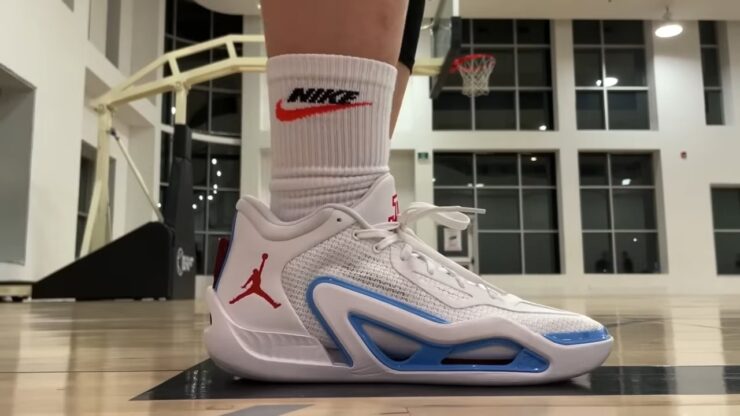
The short answer is yes, you can. But the more important question is, should you? Let’s explore this.
Traction and Grip
In volleyball, the ability to quickly change direction without slipping is vital. Volleyball shoes’ gum rubber soles offer better grip on indoor courts than the harder rubber soles of basketball shoes. While basketball shoes also provide good traction, they may not perform as well on a volleyball court, leading to potential slips and falls.
Weight and Agility
Basketball shoes are generally heavier due to their robust design and additional ankle support. This extra weight could potentially slow you down in volleyball, where agility and speed are crucial. Volleyball shoes, being lighter, allow for quicker movements and jumps.
Ankle Support
Basketball shoes often provide more ankle support due to their high-top design. This feature can be beneficial in volleyball, especially for players who are prone to ankle injuries. However, the high-top design can also restrict movement, which may be a disadvantage for some volleyball players.
Cushioning and Shock Absorption
Both basketball and volleyball shoes offer good cushioning and shock absorption, but the focus areas differ. Basketball shoes typically have more cushioning in the heel area, which is beneficial for running and jumping. Volleyball shoes, on the other hand, have more evenly distributed cushioning to accommodate the sport’s frequent multidirectional movements and jumps.
The Verdict
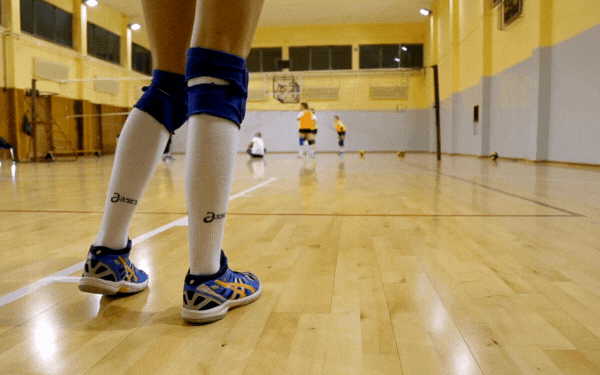
In essence, while you can wear basketball shoes for volleyball, they may not offer the same level of performance as sport-specific shoes. The differences in traction, weight, ankle support, and cushioning can impact your game and potentially increase the risk of injury.
That said, the choice of footwear is highly personal and depends on various factors, including comfort, individual play style, and susceptibility to injuries. If you’re a casual player, using basketball shoes for a volleyball game might not make a significant difference. But for competitive players, the specific design and features of volleyball shoes could provide the edge needed for optimum performance.
Tips for Choosing the Right Shoes for Volleyball
If you’ve decided to invest in volleyball-specific shoes, here are some tips to help you find the perfect pair:
- Determine your play style and position: Different positions in volleyball require different skill sets and, therefore, may benefit from different types of shoes. For example, if you’re a libero, you may prioritize lightweight shoes with excellent traction for quick movements. If you’re a middle blocker, ankle support and cushioning for jumps might be more important.
- Prioritize comfort: No matter how well-designed a shoe is, if it’s not comfortable, it won’t serve you well on the court. Make sure the shoes fit well, with enough room in the toe box and a snug heel counter to prevent slipping. Don’t forget to consider the width of your feet, as some shoes run narrower or wider than others.
- Consider the court surface: Most volleyball shoes are designed for indoor courts, which have a smooth, hard surface. If you primarily play on outdoor courts, look for shoes with more durable soles that can handle rougher terrain.
- Try before you buy: Whenever possible, try on the shoes and walk or jump around in them to get a feel for their fit and performance. Keep in mind that athletic shoes often require a break-in period, so don’t be alarmed if they don’t feel perfect right away.
- Read reviews and seek advice: Take advantage of online reviews and forums to learn from the experiences of other volleyball players. Seek advice from your teammates or coaches, as they may have valuable insights on which shoes work best for your specific needs.
- Budget and quality: While it’s essential to stay within your budget, don’t skimp on quality. Investing in a well-made, durable pair of volleyball shoes can save you money in the long run by preventing injuries and prolonging their lifespan.
Specialized Footwear: A Deeper Look
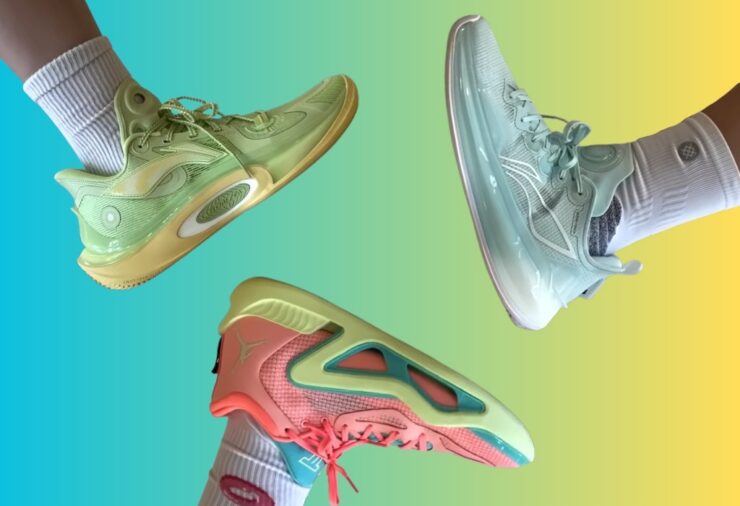
While we’ve explored the broad differences between basketball and volleyball shoes, understanding the intricate design elements that make them sport-specific can add a new layer of depth to our discussion.
The Flex Point
The flex point in a shoe is where it bends while walking or running. In volleyball shoes, the flex point is designed to align with the foot’s flex point. This harmonization allows for optimal flexibility, which is crucial for swift, multi-directional movements on the volleyball court. Basketball shoes, on the other hand, often have a different flex point alignment to support forward movements and sudden stops, which are more common in basketball.
Lateral Stability
Volleyball involves a lot of lateral, or side-to-side, movements. To support this, volleyball shoes are designed with enhanced lateral stability. This is typically achieved through features like a wider outsole and the use of lateral outriggers. While basketball shoes also require good lateral stability, the emphasis is not as high as in volleyball shoes.
Breathability
Volleyball is typically played indoors, and the matches can get quite heated. To prevent the foot from overheating, volleyball shoes often feature mesh panels or other breathable materials in their upper construction. Basketball shoes also have breathability features, but given that basketball can be played outdoors in cooler conditions, they often feature more robust materials in their construction.
The Impact of Footwear on Performance and Injury Prevention
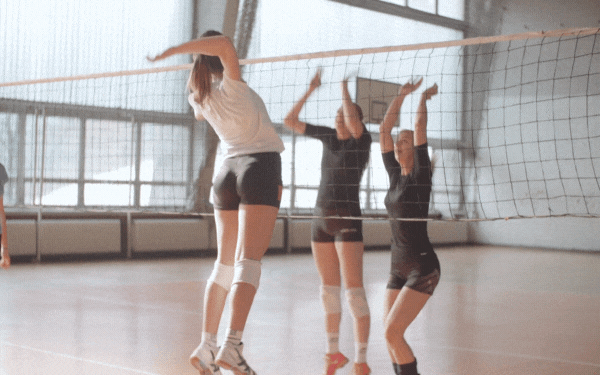
The right footwear can significantly impact an athlete’s performance and injury risk. This is why the debate about wearing basketball shoes for volleyball is more than just a matter of style or preference.
Performance
Sport-specific shoes are designed to enhance the athlete’s performance in that particular sport. For volleyball, shoes with a superior grip can improve the player’s stability and speed, while lightweight shoes can facilitate higher jumps. The right cushioning can also boost stamina by reducing the fatigue caused by the impact of continuous jumping and running.
Injury Prevention
Using the right footwear can also help prevent injuries. For example, the superior grip and traction provided by volleyball shoes can prevent slips and falls on the court. The enhanced ankle support in basketball shoes can protect against ankle sprains, a common injury in both basketball and volleyball.
The Role of Personal Preference
While the design and technical aspects of footwear are crucial, the role of personal preference should not be underestimated. Some players might find that basketball shoes offer them the comfort or ankle support they need, even on the volleyball court. Others might prioritize the lightweight design and superior grip of volleyball shoes.
For athletes who participate in both sports, using basketball shoes for volleyball might be a practical and cost-effective solution. However, it’s essential for these players to ensure that their shoes meet their needs in terms of comfort, fit, support, and performance, regardless of the sport they’re designed for.
Final Words
The debate surrounding whether you can wear basketball shoes for volleyball may never be fully resolved, as individual preferences and experiences vary. While it’s possible to use basketball shoes on the volleyball court, the unique design elements of volleyball-specific shoes can offer better performance and reduce the risk of injury.
In the end, the best shoes for you will depend on your unique needs and preferences. Regardless of your choice, remember that investing in high-quality athletic shoes designed for your chosen sport is an essential step toward better performance and injury prevention. So, lace up your perfect pair and get ready to dominate the court!

